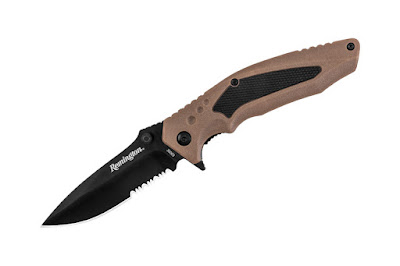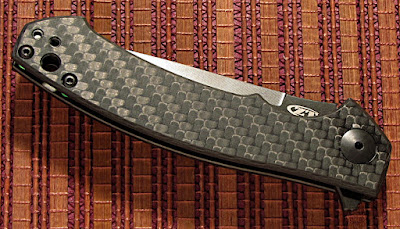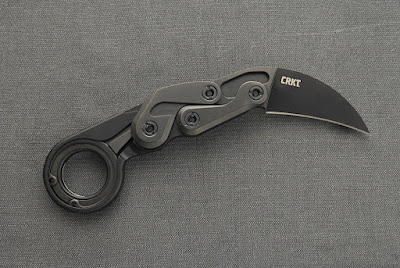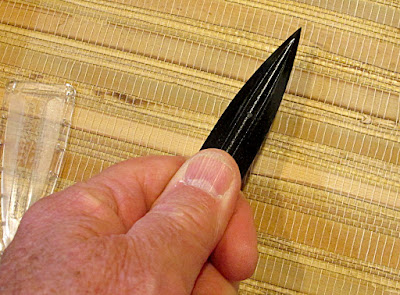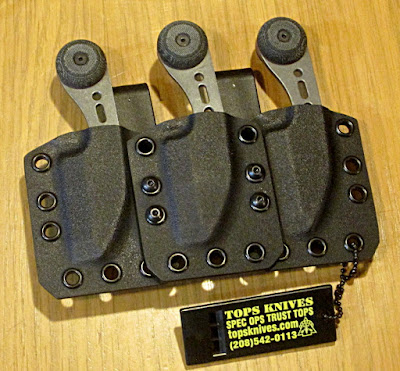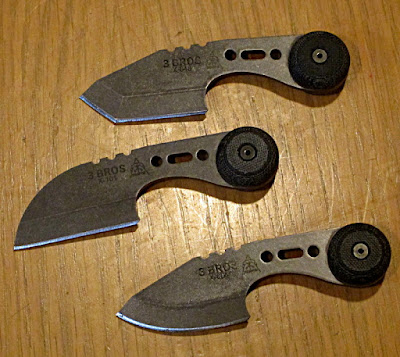Remington also makes some of us think of knives as
well. It’s only natural that a
cross-over product is popular with the blade and gun crowd: the Bullet Knife.
 |
| Has a buck look, doesn't it |
The first Bullet knife was introduced in 1922. Many
variations of this collectible knife have been created since that time. These knives are often produced in limited
qualities creating demand and keeping the price up as well. They are highly collectible. More modest lines are also created for users
with limited resources who want a quality knife, but not a special edition.
It should be no surprise in this day and age that Remington
does not actually make their knives.
Like S&W they license their brand.
I will not say anything unkind about S&W knives. For the price they are a serviceable knife.
Buck Knives has the current license and will be producing
the 2019 Remington Cutlery lineup. In
2017 they acquired the Remington license and have continually produced quality
knives with the Remington stamp.
It should come as no surprise that 420J2 blade steel will be
the principle blade steel. Buck has
extensive experience with it and produces a solidly performing blade. 420 steels range in carbon content between
.15% and .40% with 12-14% chromium. The
steel reaches a hardness of 57RC after suitable heat treatment. Buck is famous
for their proprietary heat treatment. 420B
( 420J2 ) is an economical, highly corrosion resistant stainless steel also used
in diving knives.
A super steel? No.
But one you can count on? Yes.
Remington is doubling their Buck-produced tactical knife
line for 2019. You can find assisted
opening, tanto and partial serrated blades as well as the classic drop point
and plain edge, all with 420J2 steel
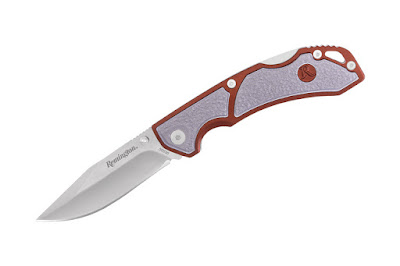 |
| A nice EDS knife |
EDC Line
While I carry what might be considered a tactical EDC,
Remington also has a smart line of EDC.
These are medium to small pocket knives you can utilize at work, church
and play without anyone thinking twice about it.
All Remington products are backed by a Lifetime Warranty. Find
out more at www.RemingtonCutlery.com
